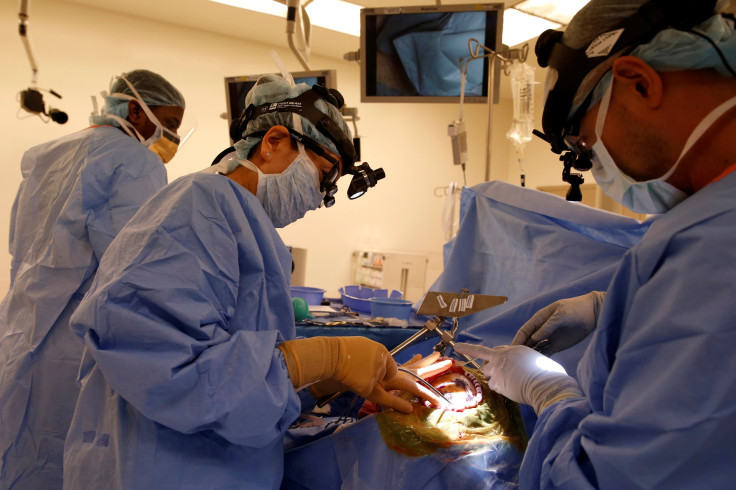How To Live To Old Age: Rural Americans Sicker Than Those Living In Urban Areas

Americans living in rural areas are more likely to die from preventable diseases than their urban counterparts, the Centers for Disease Control said Thursday. A new study found that rural Americans are more likely to die from the five leading causes of death than those living in cities. Rates of heart disease, cancer, unintentional injuries, chronic lower respiratory disease and stroke are declining throughout the country, but at a much higher rate in urban areas than in rural ones.
“This new study shows there is a striking gap in health between rural and urban Americans,” CDC Director Tom Frieden said in a statement.
Forty-six million Americans, or 15 percent of the nation's population, live in rural areas. Those Americans tend to be older and sicker than the national average, the CDC said, and are more likely to smoke cigarettes and suffer from high blood pressure and obesity.
They study also found that rural Americans were 50 percent more likely to die from unintentional injury than urban dwellers. Unintentional injury deaths include deaths from car crashes, drug overdoses and suicides. The CDC noted that some rural areas are inherently less healthy than cities, due to long travel distances to medical care. But researchers found that around 70,000 deaths were preventable between 1999 and 2014, the years the study examined. These deaths could have been prevented with improved public health resources, the study found. Rural Americans are more likely to be uninsured.
“People that look at rural areas have known mortality rates are higher for a while,” the CDC's Ernest Moy told Vox. “But when we converted mortality rates into something more concrete, like the number of deaths that could be prevented, that was striking to me. When you add these things up and realize 25,000 deaths from cancer could be prevented, it made it much more real than looking at just the mortality rates.”
© Copyright IBTimes 2025. All rights reserved.






















